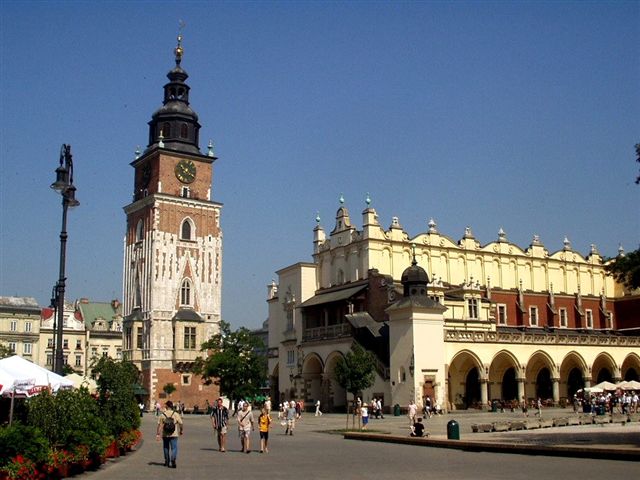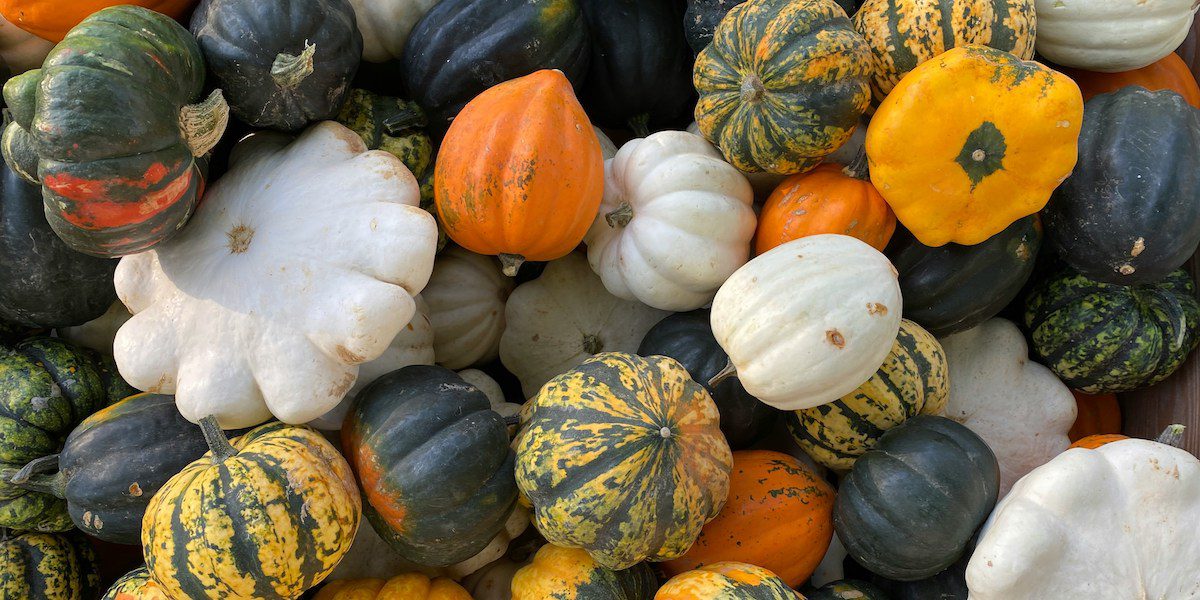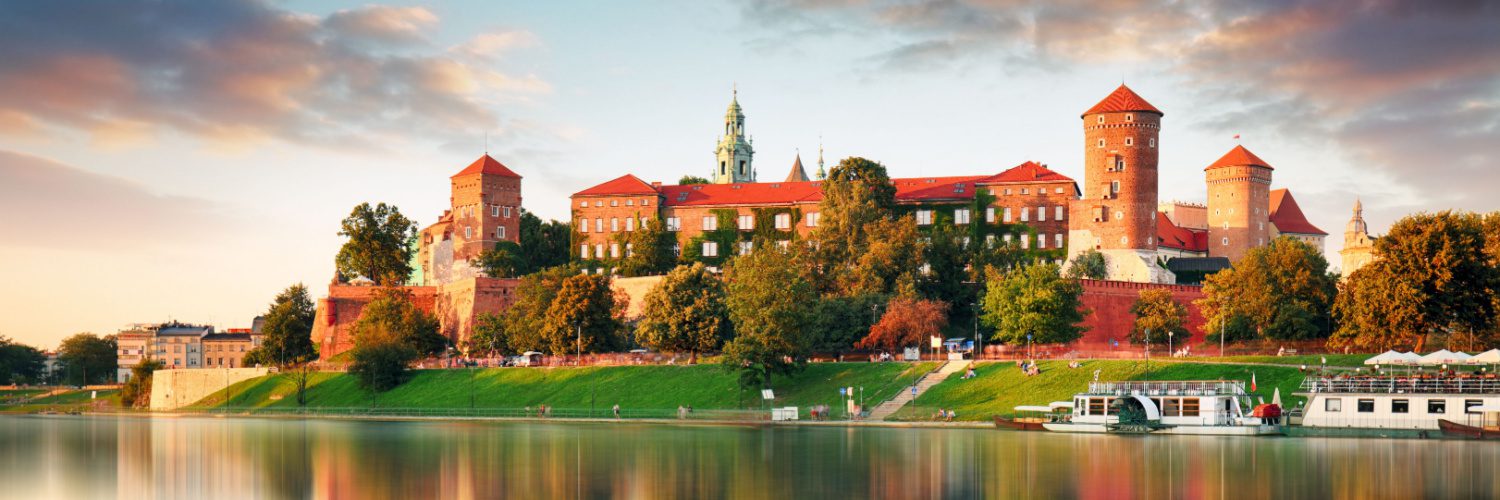Spring is definitely upon us now and the cold, wet months of winter are receding into the darker recesses of our memories with alarming speed. In fact 2011 is marching on at such a pace that it’s definitely time to start thinking about what you’re doing over Easter if you haven’t already planned it. In fact, as you probably know, this year’s bumper crop of bank holidays – courtesy of His Royal Highness Prince William of Wales – means that this year you can really make the most of a holiday which can sometimes just feel like a tawdry three day chocolate bender.

This year we’re suggesting a trip to Krakow – the jewel in the Polish crown and the perfect place to spend an extended Easter weekend. In the weeks leading up to Easter the main market place is thronged with stalls selling the traditional Polish version of the Easter Palm – totems of dyed wildflower. Whilst there is definitely something a bit pagan about these floral structures they become a core component of a highly spiritual ceremony leading up the hill at the far end of the Old Town to the Wawel Cathedral where the ceremonies are commenced on Thursday evening with bishops washing the feet of twelve elderly men.

The mood on Friday is sombre with churches across the city filling up with people to mourn the death of Christ. Come Saturday however and the town is once more jubilant with families taking their baskets of victuals to church for a ritual blessing. Included in these baskets are the ornately painted eggs or ‘Pisanki’ that are iconic of the Polish Easter.

Easter Sunday dawns on a ghost town in central Krakow as families celebrate at home. In recent years, though, it’s become more common to find the odd shop or restaurant staying open so you won’t go hungry. You’ll also have the perfect opportunity to witness central Krakow in all its regal splendour. Krakow was the royal capital for 500 years and having escaped unscathed from WWII it must be one of the most magnificent cities in central Europe. Its Gothic Old Town is ringed by forested parkland and bounded at one end by the dominating presence of Wawel Hill – seat of perhaps the finest castle in Europe. The centre of town is built up around the vast Market Square which is ringed by Gothic churches and traditional restaurants.
The town wakes from its slumber with a start on Monday though with the traditional festival of Smigus Dyngus wherein people soak each other with pails of water. This is an ancient ritual whose origins are mysterious. The sense of mischief is timeless though and you shouldn’t expect any leniency – come prepared!




